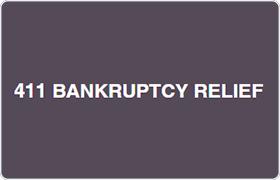 White Lake Reorganization Lawyers, Michigan
White Lake Reorganization Lawyers, Michigan
Sponsored Law Firm
-
 x
x

Click For More Info:
-
411 Bankruptcy Relief
17800 Woodward Ave Suite LL3 Detroit, MI 48203» view mapBankruptcy & Debt When Life Happens, We're Here To Help.
A legal practitioner for nearly 20 years, Ms. Moore represents consumers and small businesses under the U.S. Bankruptcy Code.
800-960-9280
Warning! No lawyers found in this specified area.
Lawyers
1-0 of 0 matches



 M.G. Moore Detroit, MI
M.G. Moore Detroit, MI Practice AreasExpertise
Practice AreasExpertise